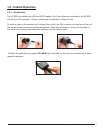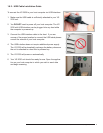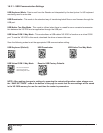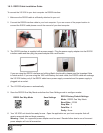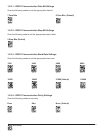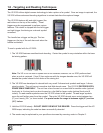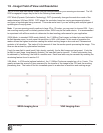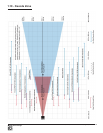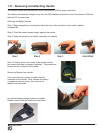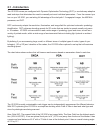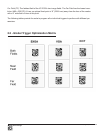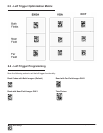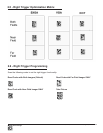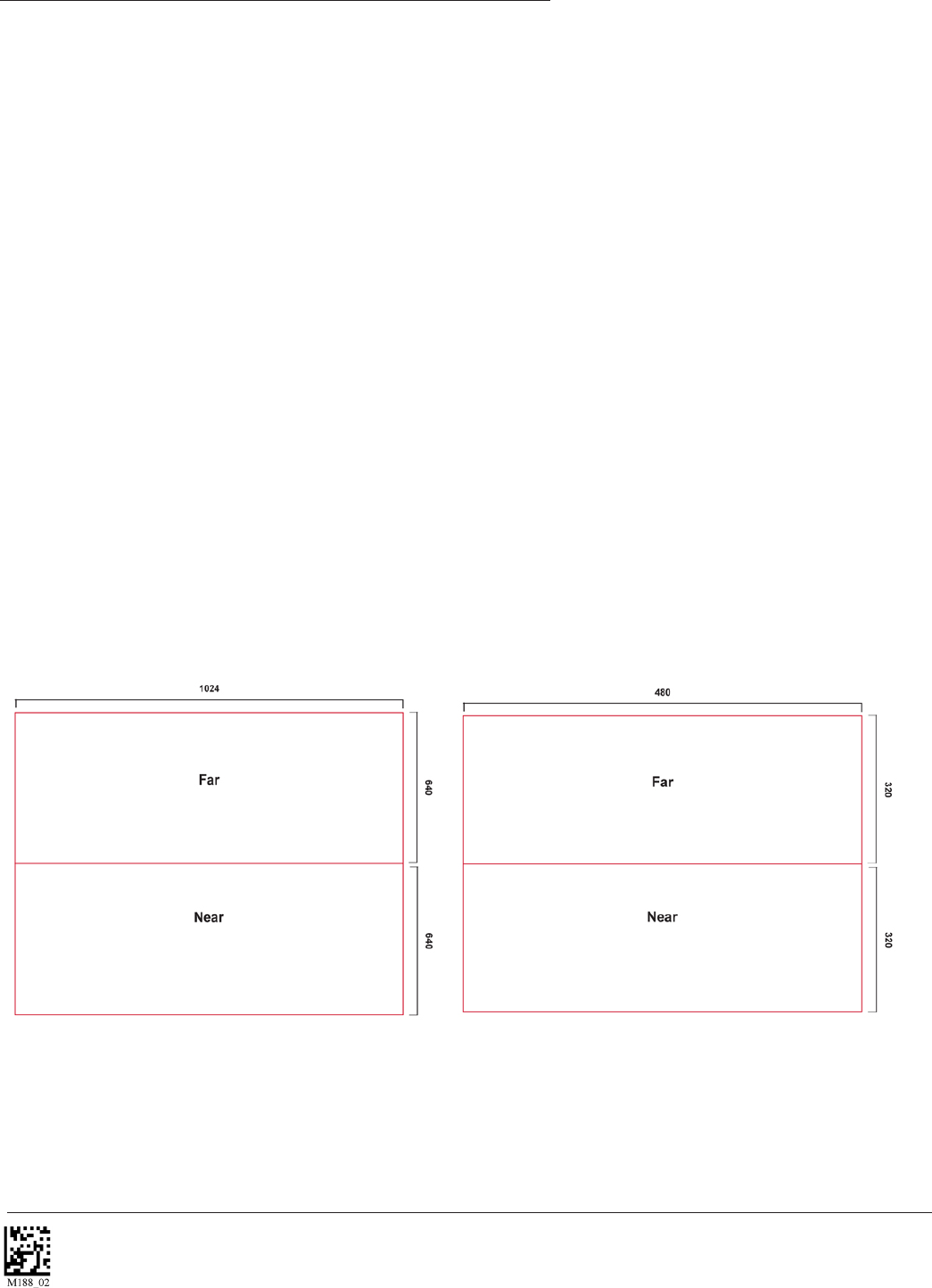
K11020 VisionSensor™ 2030 User Manual, Rev. E, Software ver. 3.1.1000, August 3, 2007 - 15
Save Settings
SXGA Imaging Area VGA Imaging Area
1.9 - Imager Field of View and Resolution
The VS 2030’s dual eld optical system may be modied based on your scanning environment. The VS
2030’s megapixel imager may be set to the following three modes:
DOT Mode (Dynamic Optimization Technology): DOT dynamically changes the resolution mode of the
reader between VGA and SXGA. DOT adapts the resolution based on varying environmental criteria,
and types of symbologies being scanned. This mode works best if you are working with multiple types of
symbologies of varying sizes.
Note: If you are scanning mostly medium to large 2D or 1D codes, you may want to choose VGA. If you
are scanning mostly small or densely packed codes, SXGA may be the better choice. It is recommended
to experiment with all three modes to determine the best reading performance for your application.
SXGA Mode: In standard SXGA mode (default), the 1.3 Million Pixel imager is divided into near eld and
far eld decode zones. In each zone the resolution is 1024 x 640 pixels. In this mode of operation the
reader utilizes the highest resolution creating the widest working range on bar code and 2-dimensional
symbols of all densities. The trade-off is the amount of time the reader spends processing the image. This
time can be reduced by optimization functions:
If only the near eld is used (small, high density symbols), the far eld image can be ignored. If only the
far eld is used (large, lower density symbols), the near eld can be ignored. Further optimization may
be obtained by "windowing" the eld to a smaller area. Each focal area may be narrowed by enabling the
windowing feature found in section 9.3.
VGA Mode: In VGA mode (optional selection), the 1.3 Million Pixels are sampled on a 4-to-1 basis. This
greatly reduces the amount of time necessary for the transfer of the image to the CPU and the resulting
processing time. The trade-off for this increased speed is a reduction in resolution and working range.



